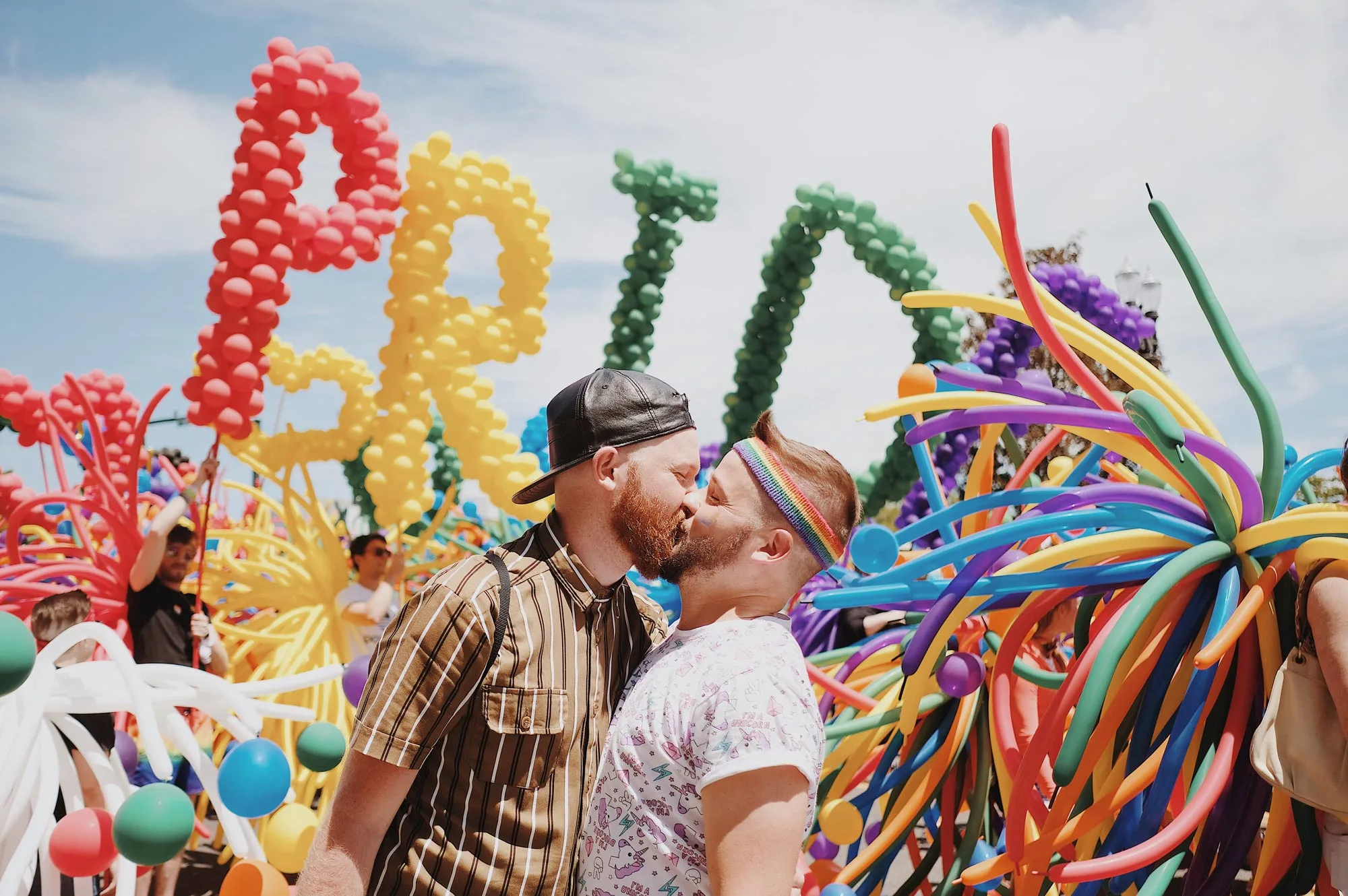Happy Pride! We are going to say it and hear it usually in Summer during all the LGBTQ+ events and Pride festivals all around the world. But what does PRIDE for the LGBTQ+ community actually mean? And why are we using the abbreviation LGBTQ+ and what does Pride stand for? Is the rainbow flag the only flag LGBT folks use? Didn’t we as the queer community achieve already enough in the past years, and can’t we just enjoy our success and what we have? And why is a Coming Out, Pride Month, and the Pride LGBTQ+ rights Movement still necessary?
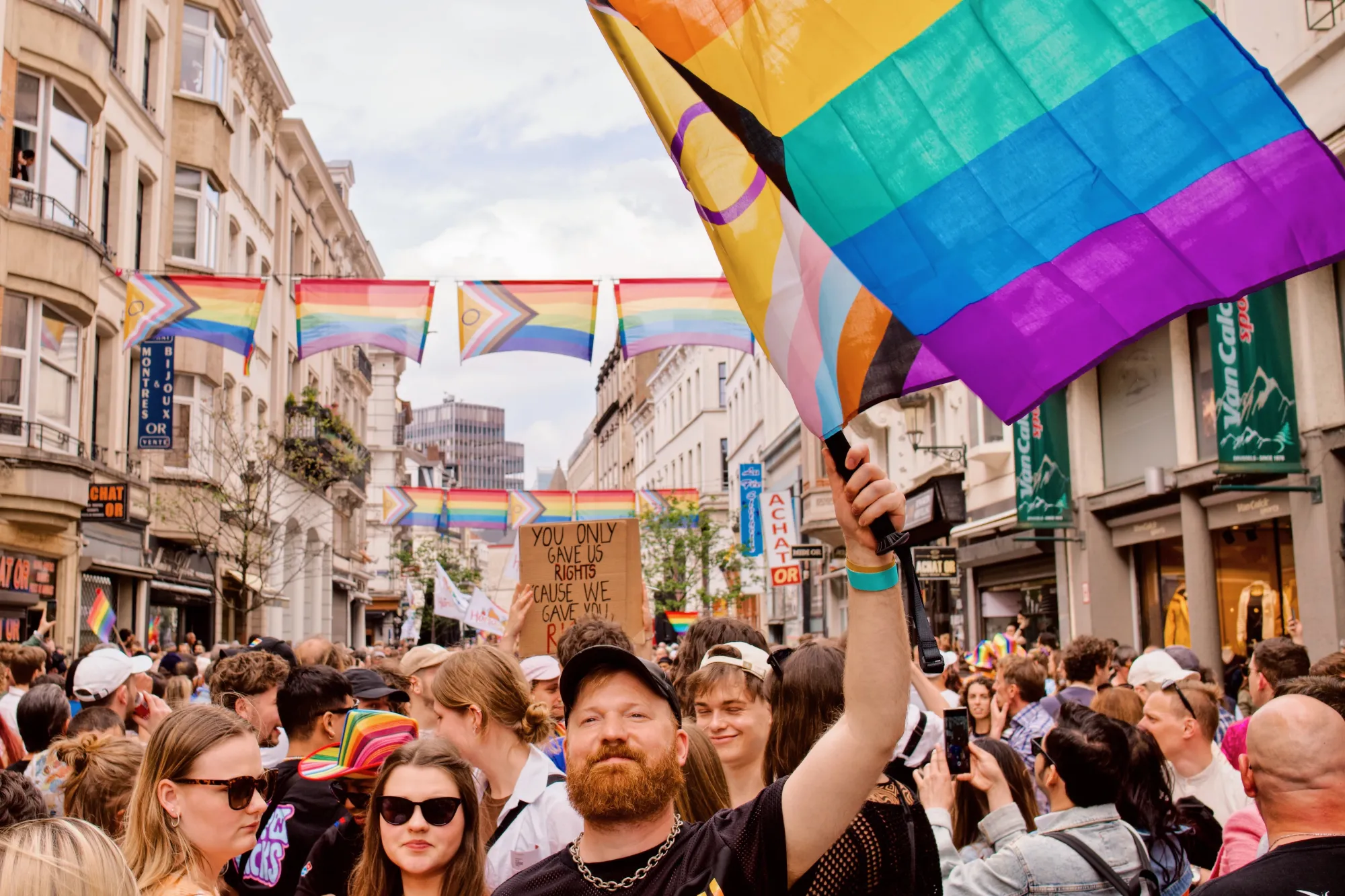
We are giving answers to these questions while telling you more about the history of the LGBTQ+ movement, LGBTQ+ activists of the past and present, as well as sharing colorful CSD and Pride moments of our trips. For us, traveling and attending pride festivals and demonstrations is an important part of who we are, where we, as openly gay men, come from, and what difficult way is still lying ahead of us. Because the fight for equality and acceptance is not over yet, we hope you will get all the information about the Pride and LGBTQ+ rights Movement on our Pride page on Couple of Men. And hopefully, we will see you with friends and our LGBTQ+ allies all very soon at our next Pride parade!
The Struggle of Accepting Yourself
Everyone can be proud of something they achieved, be it personally in relationships, professionally at work, or individually because of a personal success story. For many members of the LGBTQ+ community, be it lesbian, gay, trans, intersexual, queer, and for us, the word PRIDE has an additional meaning many people in our society’s white hetero norm wouldn’t even think of, let alone, understand. And honestly, how could they? If you’ve never had to question yourself or have been made aware that your role in our society can be different from the present status (like many LGBTQ+ had to), it is a very difficult thing to grasp. Particularly, if you are not affected directly or indirectly.
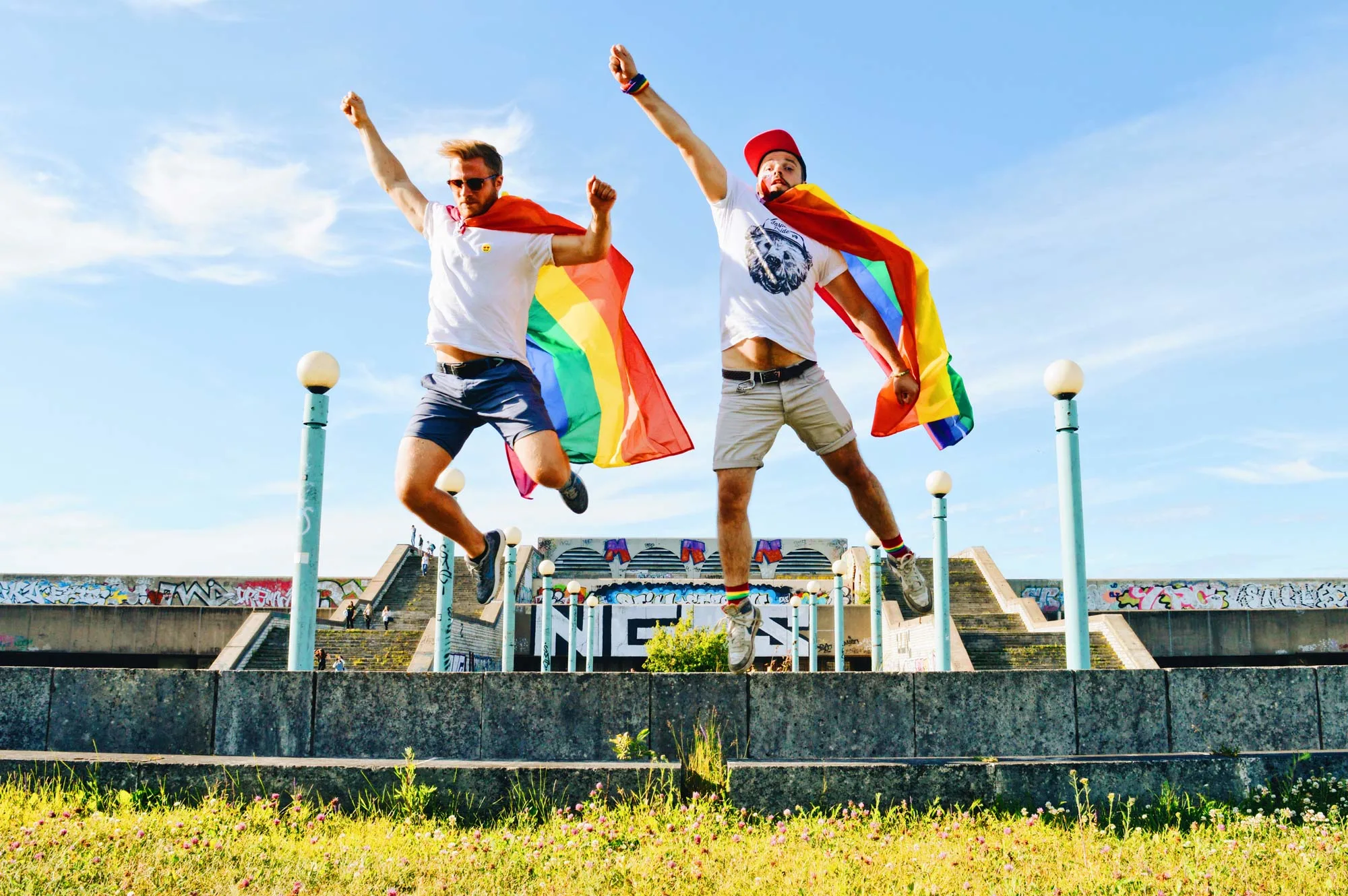
For many of the LGBTQ+ community who were born the way they are, (un)fortunately different from expected, it all starts with becoming slowly aware that something odd is going on with oneself. Be it the urge to dress differently than expected from birth-given gender identity. Be it the inner feeling of falling in love with the same gender. Be it the certainty of knowing that one would rather identify with another gender rather than the gender given on the birth certificate. “I am most certainly not what anyone else is expecting me to be like. But who am I?”
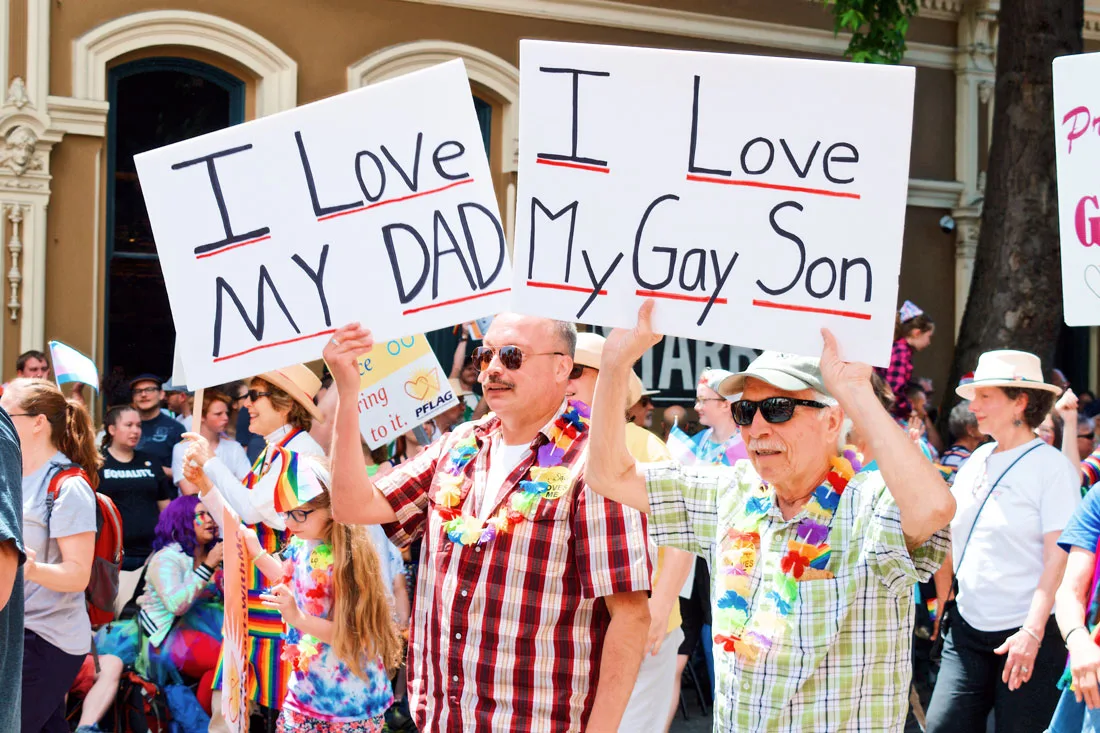
Who am I? Why am I different?
We all know this particular feeling of being different and the inner fight against it if you haven’t been lucky enough to grow up in an open-minded and accepting environment anyway. But we all want clarity and to be accepted for whom we really are. The next logical step for many affected people is to start handling it, and in this process, to overcome the inner struggle to just accept being different. Different from the majority’s expectations of one’s role within it, different from what mom and dad and grandpa want me to be like, to act like. Sometimes, even the closest friends are too far away to be of help. They might not understand what’s going on or how they could support their friends in very personal trouble. They might turn away, or, in the worst case, stop having any contact at all. Accepting yourself for who you are is only the first step. What’s next?

Why is it necessary to come out of the closet?
Some people might ask why it is so important to put a label on my own private business. And they are right, partially. But coming out of the closet for us did not mean to start wearing a sign all day long to show off. It also does not mean to introduce ourselves by adding our sexual preference or gender identity every time we meet someone. Instead, we are members of the LGBTQ+ community who simply do not define ourselves as being different. And still, sometimes we are more or less forced to do so by society’s expectation of how the gender binary has to behave, live, love, and even dress. Most of the time, ‘coming out’ to people we are meeting for the first time is a way to avoid an unpleasant, awkward, and difficult situation in private or professionally.
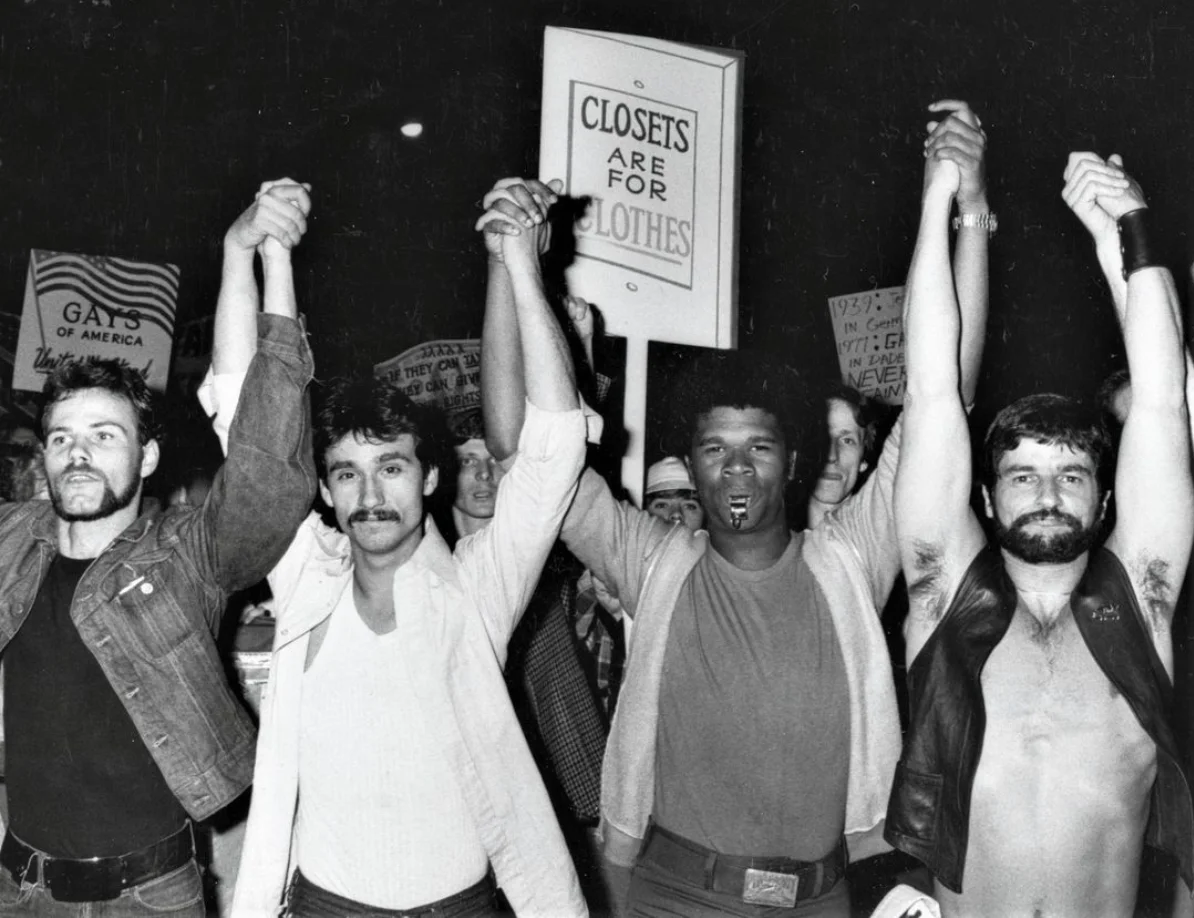
Some examples from the community: When trans- and intersexual people have difficulties going to the restroom because of their gender expression. When same-sex couples cannot get a double-bed room in a hotel, or will be addressed as father and son. Or some moments that seem to be trivial for many not affected people, like checking the right gender box in a form or telling your boss you don’t have a girlfriend as a cis-male gay man but instead a gorgeous boyfriend.
History of (Gay) Pride & LGBTQ+ Activism
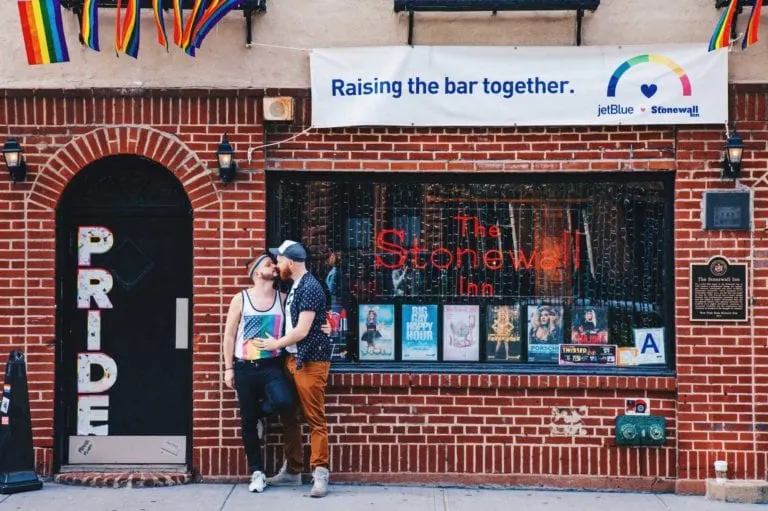
History of LGBTQ+ Pride: Before, during & after Stonewall 50+
WORLDWIDE: Exuberant people celebrating on the street, colorful costumes, kisses, and holding hands and above all the rainbow flag blows. However, it has not always been that easy for the LGBTQ+ community…

Most Popular 13 LGBTQ+ Pride Flags of the Queer Community
WORLDWIDE: Over the past decades, the rainbow pride flag and all LGBTQ+ flags from the queer community have become iconic symbols for the equal rights movement.
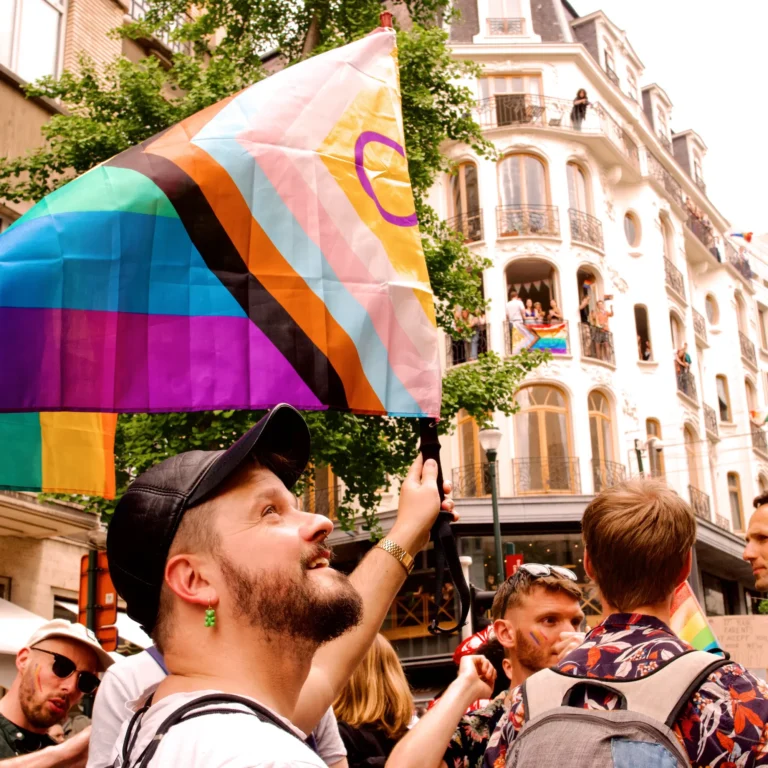
How to Be a Good LGBTQ+ Ally? 7 Tips for Supporters of the Queer Community
WORLDWIDE: It’s crucial to understand how to support the LGBTQ+ community. We’ll provide you with tips on how to be a good LGBTQ+ ally for queer folks. Share it!
The difficult Coming Out process
In any way, the Coming Out marks the important climax of a process of self-discovery and self-acceptance, although it is just the beginning of a new phase at the same time. The process of accepting our identity, especially when gender expression, gender identity, and sexuality is involved, is a very private, very sensitive, and very delicate process. Many LGBTQ+ people feel particularly vulnerable during this time, understandably, especially because it can take up years of understanding their feelings, and their bodies, and eventually accepting their own resulting identity.
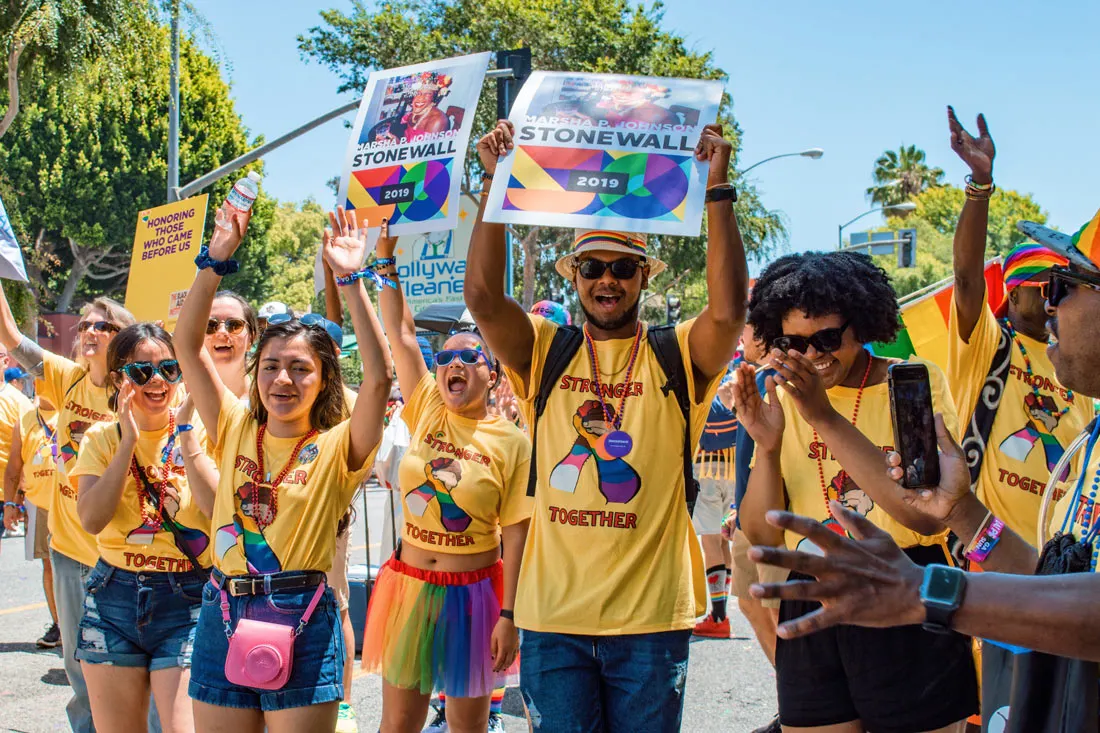
The process of coming out and opening up about sexuality, and gender identity towards yourself and in the next step towards family, friends, and the public, in general, is such a difficult time full of fear, pain, and vulnerability, most of the LGBTQ+ people will never have to face a similar challenging situation in their lives again. Naturally, mastering these challenging times makes us proud! Especially, since this often happens in such an early stage in our lives, usually before self-esteem and self-confidence have grown enough to be able to handle disappointments and blame, and struggles for being different.
Inner vs. Outer Coming Out
After accepting our identity and sexual orientation – we like to call it “inner coming out” – it is everyone’s own challenge to confront family members, friends, and colleagues – we like to call it “outer coming out”. Many hetero people might ask why that is so important to us. Well, if you have to live in fear that your own (gender) identity and sexuality might put you at risk of losing your job, maybe even your whole career, you might think differently about the challenges LGBTQ+ have to face. We both had our own, very different experiences with our coming out.
While Karl grew up in a small, conservative, and socialist village in the mountains of Eastern Germany, Daan was born and raised in and around Amsterdam, one of the most progressive countries when it comes to the rights of LGBTQ+ people. Our coming-out stories couldn’t be more different, and yet, we managed to arrive at the same point in our lives together. And since our coming out stories took place over 18 years ago, many things have changed for the better, hopefully.

Anyway, by overcoming most of the struggles, we, as members of a society minority, experience the feeling of pride. The self-confidence and strengths we gained by accepting to be different, to be who we are, and to stand up for it in public makes us proud. And gives us the energy and balance to support others who are struggling and need our help.
Our Coming Out Stories
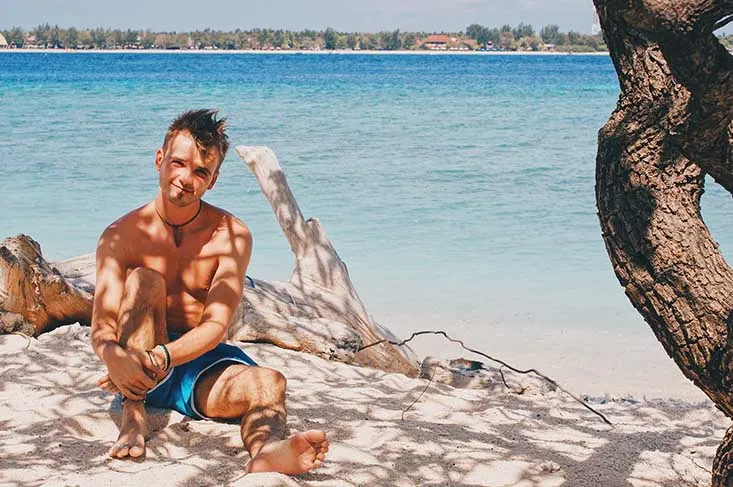
Karl’s Coming Out
My teenage years and early twenties have been all about struggling with who I was and who I want to become. But besides coming out to me by accepting to be different, I struggled a lot with sharing my sexual orientation with my mom, my dad as well as my friends.
Alternatives? Living a lie or even suicide…
We as members of the LGBTQ+ community are expected to “fit in”. Therefore, especially in the past, many LGBTQ+ decided to forcefully fit into society’s expectations of how one has to behave, to identify, and whom one has to love against their nature out of different reasons like shame, fear, or even love. By writing this, it already feels like a masquerade to us that leads to living life “in a prison”. The alternative to coming out and accepting one’s own identity is to hide it by trying to fit in.
For some LGBTTQQIAAP people that might be an option or even necessary and safer due to the environment and family constellations. But it mostly ends in mental problems or stress-related psychological-physiological sickness. In the worst case, for too many LGBTQ+ people, suicide seems to be the only way out… For us, showing Pride and fighting for equal rights for all LGBTQ+, especially for those who cannot stand up for themselves, is a necessity to make the world a more welcoming and LGBTQ+ friendly place.
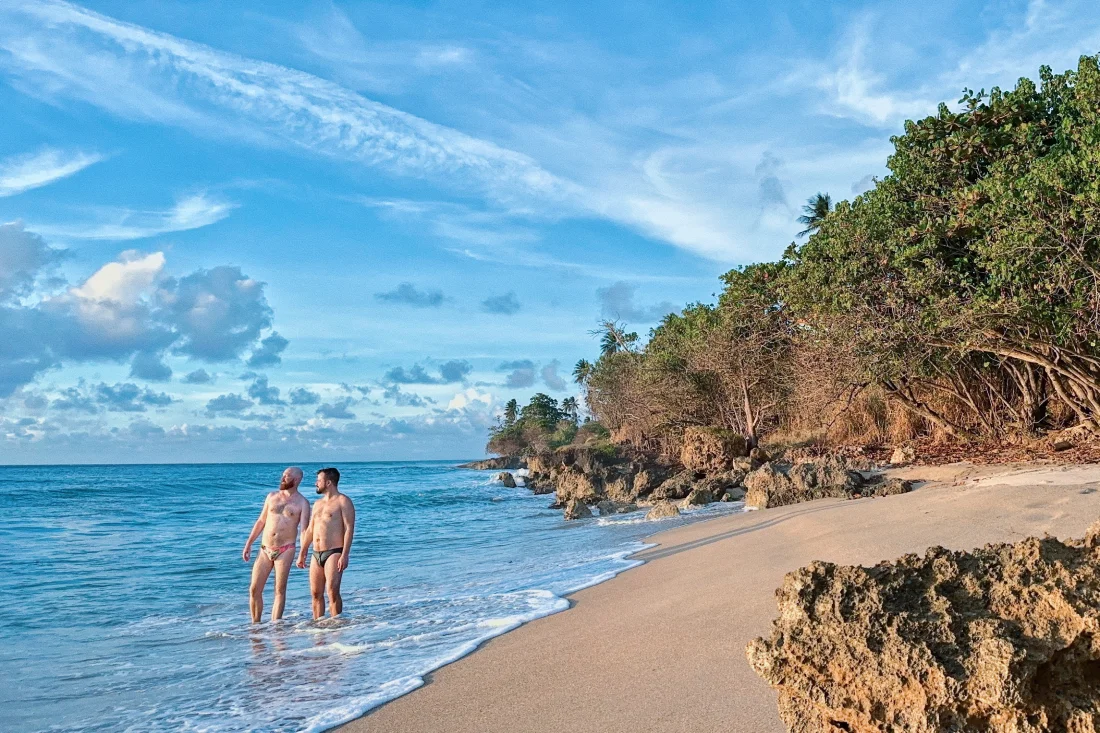
Gay Travel Index of 2024
The Berlin-based Spartacus informs LGBTQ+ and queer travelers about how gay-friendly a holiday destination is according to several ranking factors and criteria. Gay travelers can use the Gay Travel Index 2024 to prepare for their gaycation and as a guide when choosing a holiday destination. But which country ranks first? Where is it safe to travel to as a gay and LGBTQ+ traveler?
Support of the Pride LGBTQ+ Rights Movement
For many LGBTQ+ people, supporting the equal rights movement is the next logical step after their coming out. The inner urge of giving back to the LGBTQ+ rights activists and their fight for the past by supporting lesbian, gay, trans, and queer people in the present is an opportunity to do their part of bringing more acceptance to our society. Karl, for example, joined voluntarily a queer education program in his home region and supported the queer Community Gerede e.V., and its work to educate and to support LGBTQ+ in need.
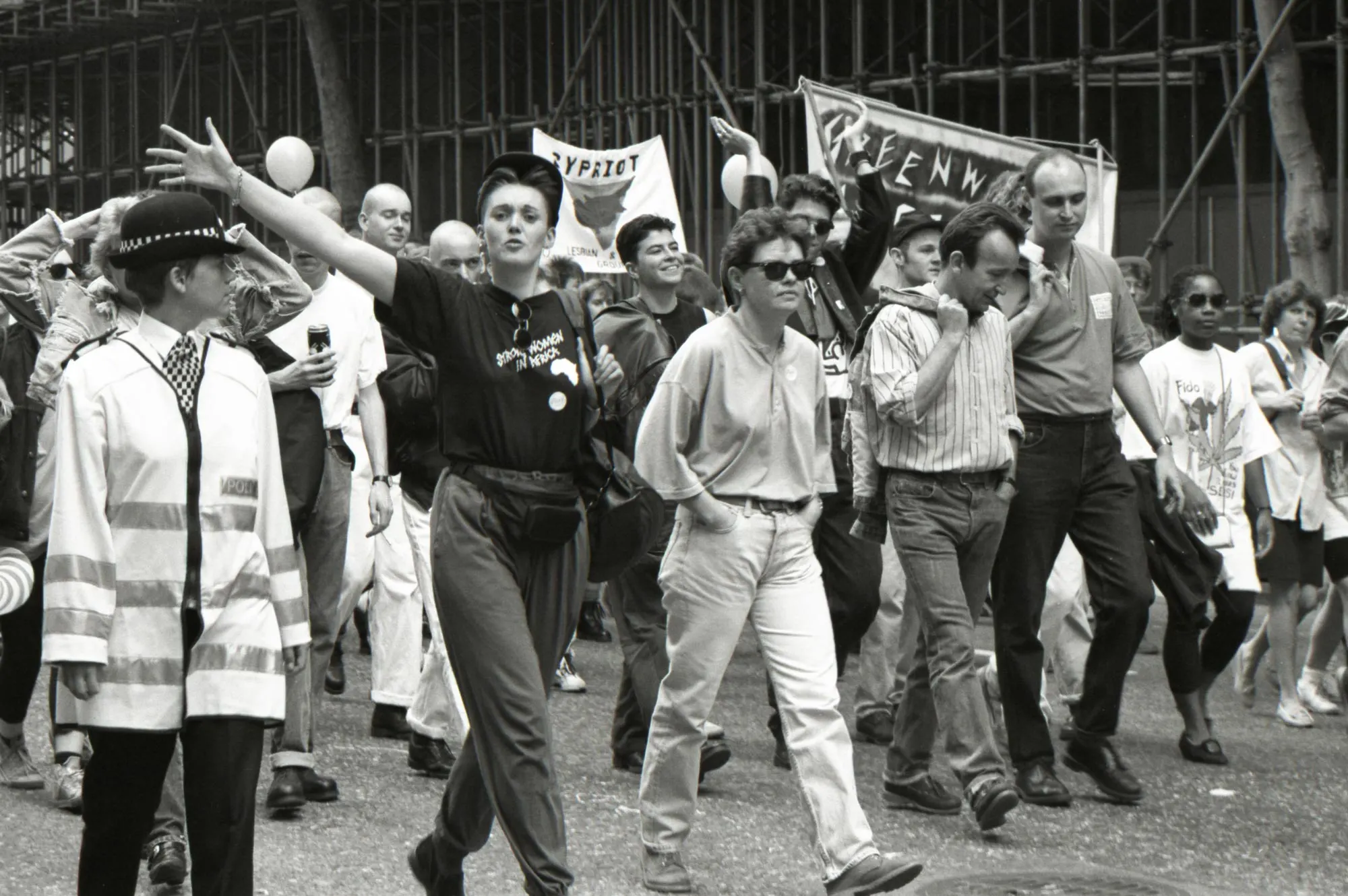
Awareness remains to be the key component for the success of these community work programs. Today, we both support the visibility of LGBTQ+ communities by attending pride events, spreading the word of LGBTQ+ operated businesses, and sharing our travel experiences and destination tips from the perspective of an openly gay couple.
The meaning of LGBTQ+
Actually, do you know what LGBTQ+ stands for? Well, it is a bit of a history lesson about integrating the LGBTQ+ community as an accepted part of our society. It goes back all the way to the beginning of the movement. People of different diverse genders and sexual orientations started to become slightly more visible when homosexuality was widely removed from the list of mental disorders in the 80s and 90s. Words like gay and lesbian became more commonplace, especially when the community gained political and financial traction. That also meant that the community became more and more alluring to marketers and companies. And so the language continued to change as marketers searched for new ways to reach the community. This is how the acronym LGBT came to be as a more inclusive way than ‘just’ gay.
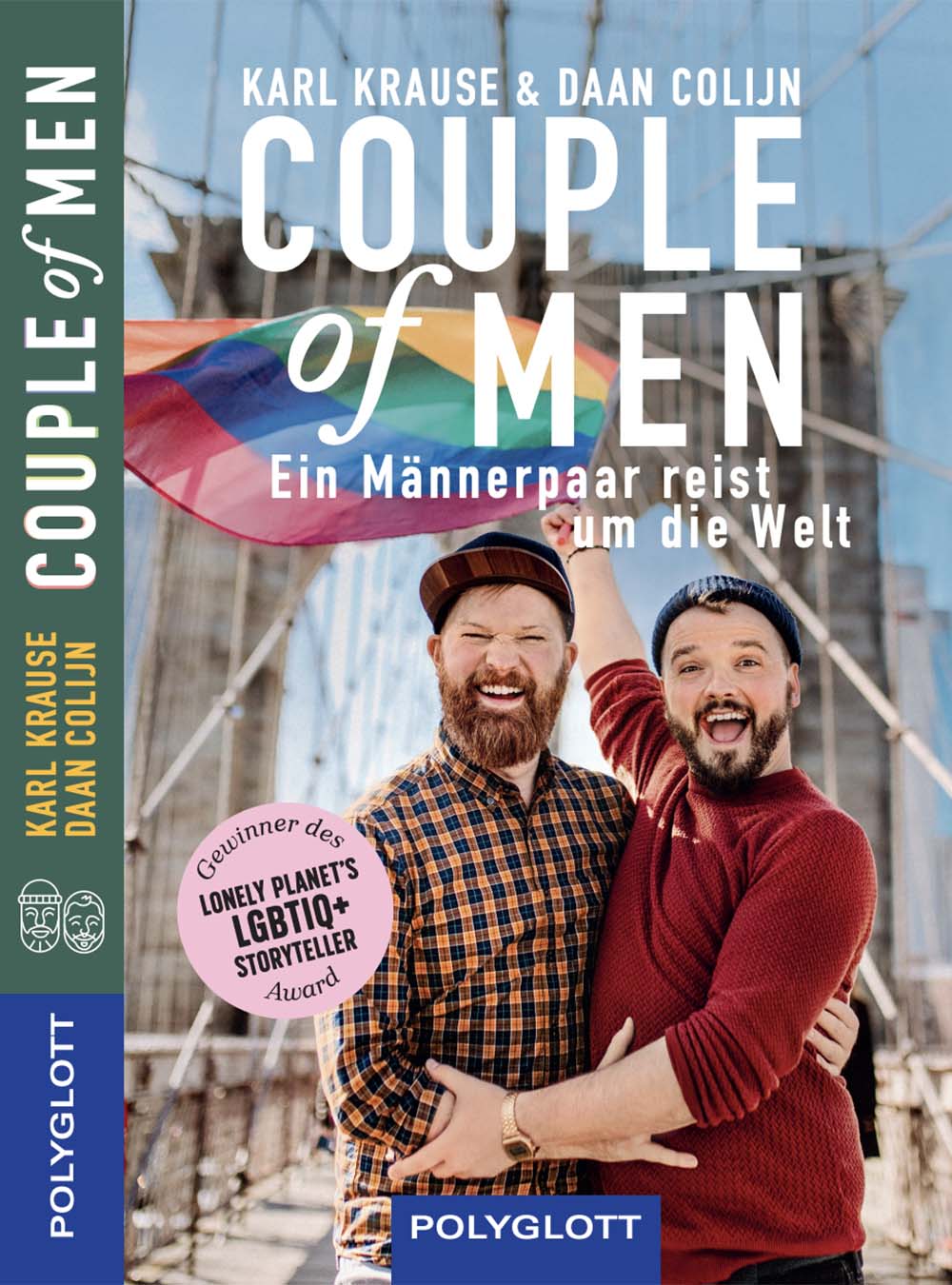
Advertisement
Order our book now!
The perfect present to inspire (German-speaking) LGBTQ+ travelers and their allies to travel the world open-minded, respectfully, and with a happy heart.
Order our book online or purchase it in bookstores in Germany, Austria, and Switzerland.
In the past two decades, the LGBTQ+ rights movement has brought broader rights for people of diverse genders and sexual orientations, including marriage equality in 29 countries worldwide. With those rights, and of course, the internet, the expansion of self-identification, and self-expression became unstoppable. The word queer was reclaimed from being a derogatory slur to a proud label, especially used by younger generations of LGBTQ+. The abbreviation LGBT soon became LGBTQ which soon evolved to LGBTQ+, a short way to express the expanding group of allied identities that today would otherwise make up 19 characters: LGBTTQQIAA2SNBGNCPK. We are using the short version of LGBTQ+ as well on our blog, intending to include everyone and exclude no one.
Gay Pride Songs & LGBTQ+ Travel Bloggers & Gay Icons
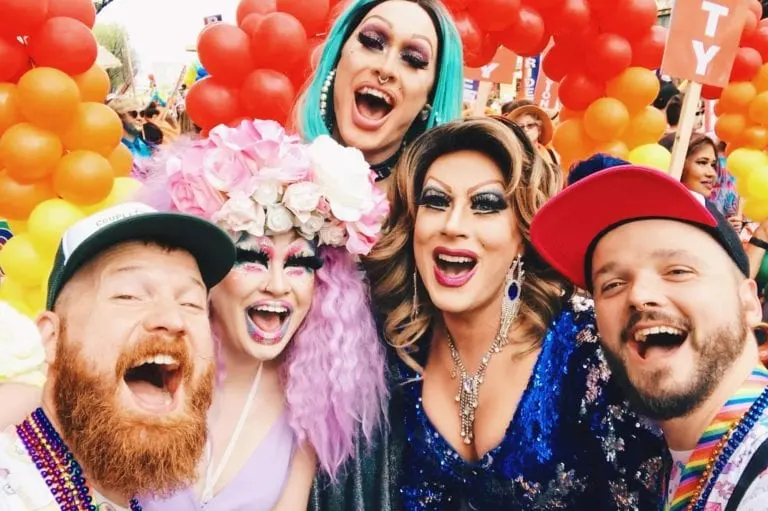
Pride Songs: Our Top 10 LGBTQ+ Party Classics for 2024
WORLDWIDE: Pride celebrations are the best time to sing and dance along with new queer hits and the best Gay Pride Songs Classics. We all have our favorites, don’t we?

Our List of the Best LGBTQ+ & Gay Travel Bloggers in 2024
WORLDWIDE: Top list of the best LGBTQ+ and gay travel bloggers who know about the colorful history of the LGBTQ+ community and can show you the best destinations!
Top 13 Gay Icons of the LGBTQ+ Community
WORLDWIDE: These people have actively campaigned for gay and lesbian equality fought for LGBTQ+ rights and, in an exceptional way, ensured that attention could be drawn to change the perception of the lesbian, gay, trans and queer lives.
LGBTQ+ & Gay Pride Demonstrations still matter
Actually, we get this question a lot or read it as comments underneath our blog articles or other pride posts on social media. And we actually have only one answer: YES, Pride month and related queer events are still necessary, especially at a time when the political right-wing movement starts to take back and undermine human rights and achievements successfully implemented by decades of activism, education, and awareness-raising. In many countries, lesbian, gay, trans- and intersexual people are still living fearing a high risk of getting fired for being different, of getting rejected by the family, of facing psychological and physical violence, and simply not being able to be themselves.
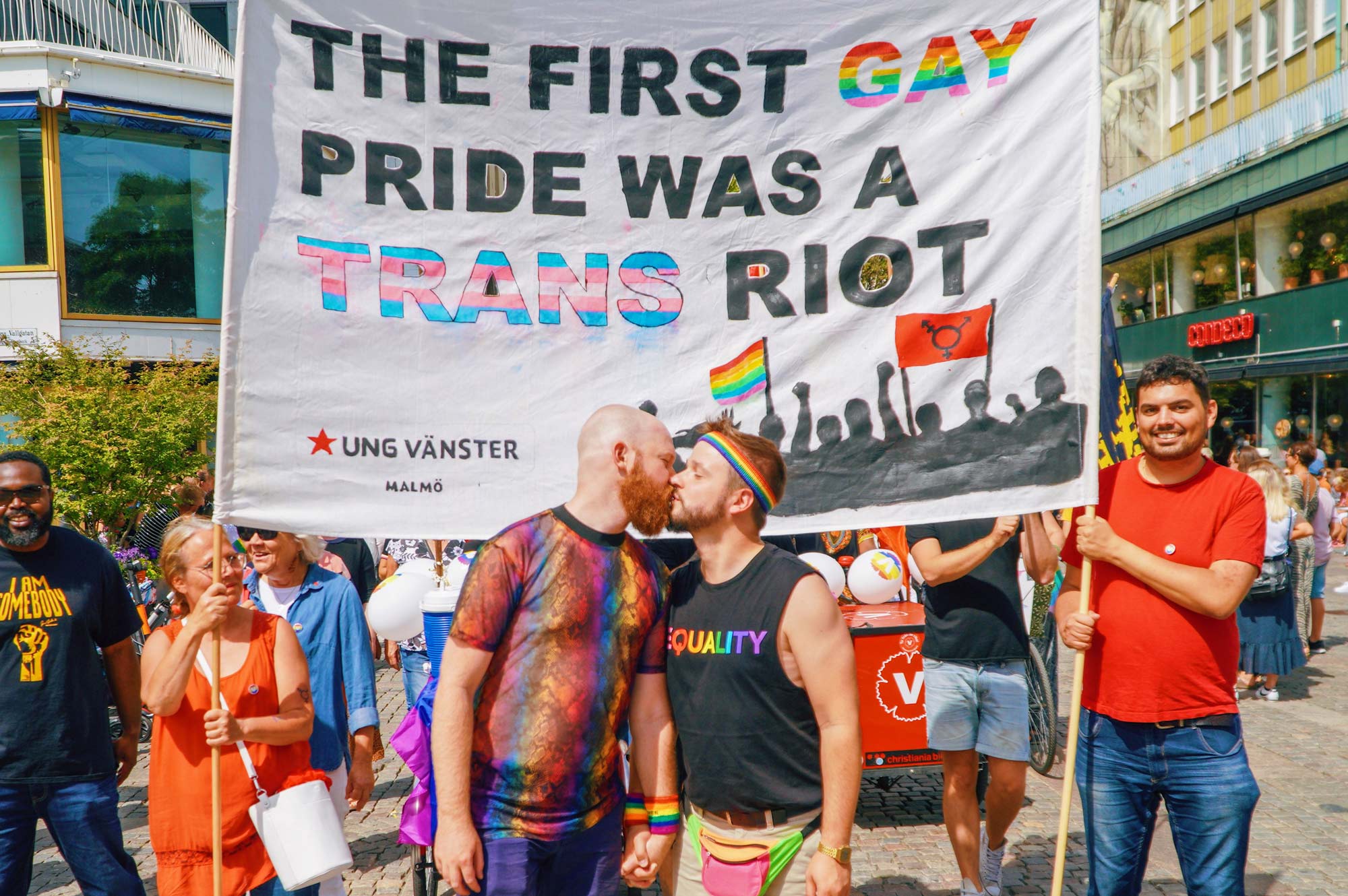
And the list goes on and on. Even in countries where equality has been part of society already for decades, like in Amsterdam, LGBTQ+ are getting beaten up on the street for holding hands or showing affection towards one another. Did you know that gay sex is still prohibited in 72 countries? Even worse: In eight UN member states, same-sex intercourse can face the death penalty! In 22 countries, gay and lesbian freedom is hampered by propaganda and so-called ‘moral’ laws. A pride event or LGBTQ+ festival should be understood as a political demonstration for equality, and acceptance, at the same time as a statement of freedom, love, and respect. We still need Pride parades, no more than ever.

Gay Pride Trips Around the World
Join us on our colorful experiences during Gay Pride Parades in Helsinki, Tel Aviv, Benidorm, and Amsterdam and, of course, some extraordinary Gay Pride Festivals like Pink Lake Festival in Austria, Baltic Pride in Tallinn, the Castro Street Fair in San Francisco or Jasper Pride Festival in the Canadian Rocky Mountains in Winter, with many events to follow.
Pride Month: Highlight of the LGBTQ+ Movement
The month of June is a significant month in the Pride and LGBTQ+ rights movement. It was in 1969, when members of the LGBTQ+ community, gay, queer men, and drag queens refused to leave one of these at this time common and regular police raids in LGBTQ+ and queer locations. Even more so: they ignored referrals and resisted their arrest, which then resulted in the so-called Stonewall Uprising on the night of 27th to 28th June 1969. The riots continued intermittently until July 3, which is recognized today as the beginning of the LGBTQ+ rights movement. No wonder, the month of June is known today as the official LGBT Pride month. Many LGBTQ+ Pride events are planned in and around the month of June. The 44th US president made the issue and reason for Pride Month June clear:
I call upon all Americans to observe this month by fighting prejudice and discrimination in their own lives and everywhere it exists.
Proclamation 8529 by U.S. President Barack Obama, May 28, 2010
With Pride together for equal rights for the queer community
This year, it looks like, we cannot attend any pride and LGBTQ+ rights movement demonstrations physically. But we have planned a pride month campaign “30 Days of Pride” on our blog and social media showing you our best photos and videos of past pride demonstrations, introducing you to the Pride and LGBTQ+ rights movement, and show visibility for 30 days with rainbow photos, community and coming out stories, and supportive messages. Stay tuned and don’t forget: Showing Pride is much more than wearing rainbow socks. It is standing up for our LGBTQ+ community to fight for equality, love, and acceptance! #30daysofpride
Do you want to know more about our gay travels around the world? Stay tuned on Facebook, Twitter, YouTube, Pinterest, and Instagram. See you again around the world soon to raise the rainbow flag and to stand up together united.
Karl & Daan.
Do you like it? PIN IT!

